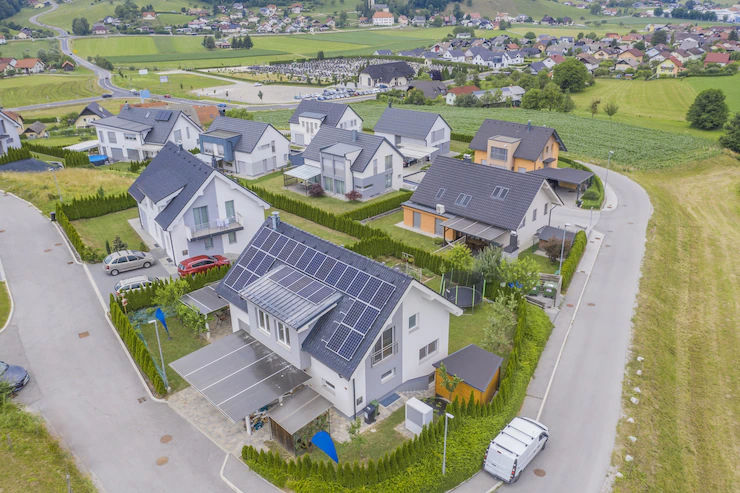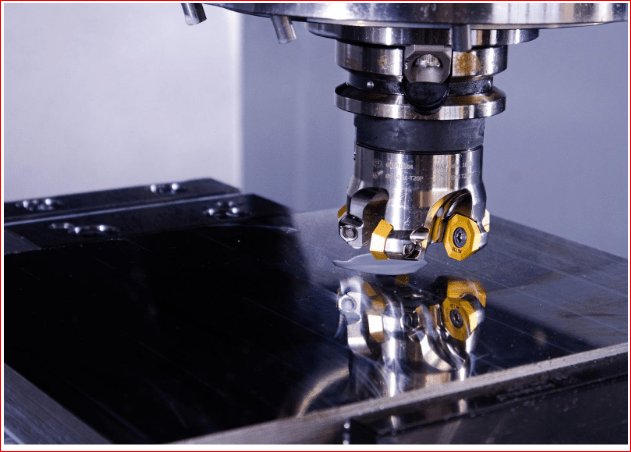A flat roof is an increasingly popular choice for both commercial and residential buildings. While a traditional pitched roof can be more aesthetically pleasing, this type of roof has a number of advantages, including being easier and cheaper to construct and maintain. However, because this roof lacks the slopes and drainage of a pitched roof, it is important to take extra care to ensure that it does not become waterlogged or damaged. In this article, we will discuss some tips on how to maintain a flat roof.
Table of Contents
Define a flat roof
It is a type of roofing system that consists of a single, horizontal surface. They are most commonly used in commercial and industrial buildings, but can also be found in some residences. While they offer a number of advantages, these roofs also have some potential disadvantages that should be considered before installation.
Different Types of Flat Roofs
There are a number of different types of these roofs, each with its own advantages and disadvantages. The most common types are built-up roofing, single-ply roofing, modified bitumen roofing, and spray foam roofing.
-
Built-up Roofing
Built-up roofing is the most traditional type of flat roofing. It consists of multiple layers of asphalt or tar paper that are bonded together with heat or adhesive. Built-up roofs are very durable and can last for decades, but they require regular maintenance and can be susceptible to leaks if not properly installed.
-
Single-ply Roofing
Single-ply roofing is a newer type of roofing that consists of a single layer of synthetic material, such as PVC or TPO. Single-ply roofs are much easier to install than built-up roofs and require less maintenance, but they may not be as durable in extreme weather conditions.
-
Modified Bitumen Roofing
Modified bitumen roofing is a type of asphalt-based roofing that is composed of multiple layers of reinforcement. This reinforcement gives the roofing material added strength and durability, making it an ideal choice for commercial and industrial applications. However, modified bitumen roofing can be difficult to install, and it is not as heat-resistant as other types of roofs.
-
Spray Foam Roofing
Spray foam roofing is a relatively new type of roof that offers many advantages over traditional built-up roofs. Spray foam Roofs are quick and easy to install, and they provide excellent insulation against both heat and cold.
The Pros of Having a Flat Roof
A flat roof has a few advantages over a pitched roof. They are easier to construct and maintain and can be more energy efficient.
- Easier to Construct
These roofs are easier to construct than pitched roofs. This is because there is less framing and sheathing required. The roof deck is also simpler to install.
- Easier to Maintain
These roofs are easier to maintain than pitched roofs. This is because there is less opportunity for leaks and the roof surface is easier to inspect.
- Energy Efficient
These roofs can be more energy efficient than pitched roofs. This is because they have less air leakage and the insulation can be better sealed around the perimeter of the roof deck.
- More Usable Space
These roofs offer more usable space than pitched roofs. This is because there is no need for an attic or other space that would be unusable with a sloped roof.
- Resistant to Storm Damage
These roofs are more resistant to storm damage than pitched roofs. This is because they have no eaves and there are fewer penetrations in the roof surface.
The Cons of Having a Flat Roof
A flat roof is not always the best option for a building, especially if that structure is located in an area with a lot of precipitation. Some of the cons of having this roof include:
- These roofs are more susceptible to leaking and water damage than pitched roofs.
- They are also more difficult to maintain and repair.
- In areas with heavy snowfall, the weight of the snow can cause this roof to collapse.
How to Maintain a Flat Roof
A flat roof is a versatile and economical option for many commercial buildings. But, like any roof, it requires regular maintenance to keep it in good condition. Here are four tips for maintaining these roofs:
Schedule Regular Inspections
Has your roof been inspected at least once a year by a professional Roofing Contractor? This will help identify any potential problems and allow you to address them before they become major issues.
Keep the Roof Clean
Keep the rooftop free of debris and leaves to prevent clogging of the drains. Regularly cleaning the roof will also help extend its lifespan.
Repair any damages Promptly
If you notice any cracks, holes, or other damage, make sure to repair them as soon as possible. Ignoring repairs can lead to more extensive and expensive damage down the road.
Make sure the Drainage is Good
Be sure that the drainage is good. Poor drainage can lead to pooling water, which can damage the roof and lead to leaks. Regularly check your gutters and downspouts to make sure they’re clear of debris. You may also need to install additional drains or modify your existing drainage system to ensure proper water runoff.
Conclusion
In conclusion, following these steps will help you maintain a roof and avoid any costly repairs. Regularly cleaning and inspecting your roof will ensure that any problems are caught early on. With a little bit of care, your flat roof can last for many years.
Also Read: The Ideal Skin Care Routine For Oily Skin.











